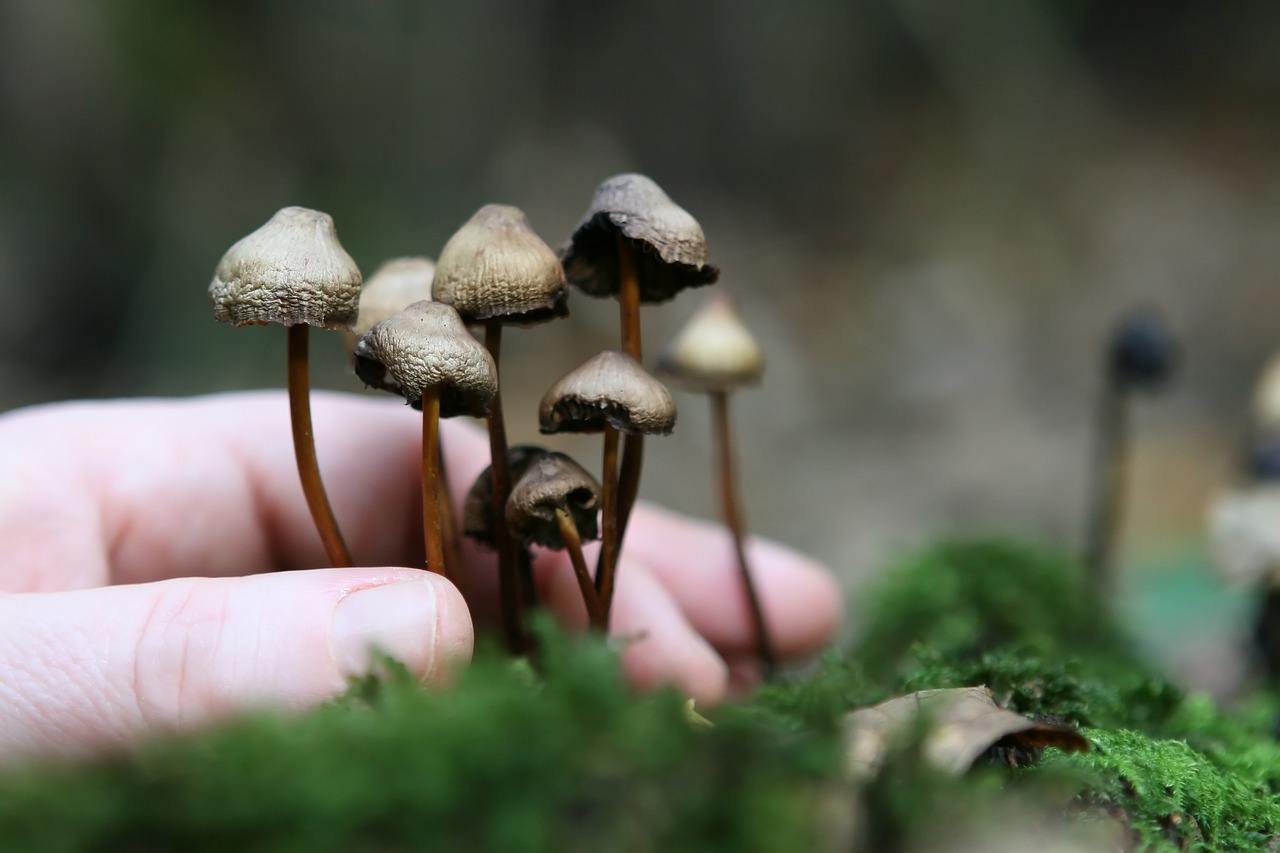Delving into Mycelium
Mycelium, the root-like structure of fungi, primarily serves as the digestive apparatus for mushrooms. It hunts for nutrients, breaks them down into a digestible form, and thus nourishes the fungus. The residual product of this process enriches the adjacent soil, infusing it with vital nutrients for other plant species and creating a nutrient-rich biomass suitable for garden mulching.
Beyond their significant contribution to mushroom growth, mycelium networks are critical to the wellbeing and development of numerous land-based plants, including trees. For example, tree roots and fungi engage in a mutual exchange: the tree supplies the fungus with carbon in the form of sugars, and in return, the fungus furnishes the tree with essential minerals like nitrogen and phosphorus. Discover more about this interaction here.
Interestingly, mycelium networks function akin to an underground communication system amongst plants, mirroring the neural networks in our brains. Cutting-edge scientific studies suggest that plants and trees may have rudimentary nervous systems that fungi could potentially impact, influencing processes such as communication, memory, and learning. Furthermore, by consuming decaying organic matter and detoxifying any pollutants present, mycelium contributes to soil health.
For those intrigued by the prospect of cultivating magic mushrooms, grasping the lifecycle of mycelium is key. While the cultivation process might seem daunting for novices, acquiring knowledge about mycelium is an essential starting point. While you can always opt to buy mushrooms from Magic Mushies Canada online, understanding mycelium can elevate your cultivation experience.
Mycelium Growth Cycle
Upon encountering a growth-friendly environment, fungal spores kickstart the formation of two varieties of mycelium. The primary or monokaryotic mycelium, characterized by a single nucleus in each cell, is typically invisible to the unaided eye. The secondary or dikaryotic mycelium, on the other hand, is visible and houses two nuclei within each cell.
Once fungal spores start to germinate, they form an initial or primary mycelium known as the monokaryotic mycelium. When this mycelium encounters another compatible one, they combine to form a second stage, referred to as the dikaryotic mycelium. This secondary mycelium can produce mushrooms or sclerotia.
Different Types of Mycelia
Mycelia are categorised into three types, and two are considered signs of successful cultivation.
- Rhizomorphic mycelia spread out like strings and are identifiable and made up of units known as hyphae. The rhizomorphs are clusters of these hyphae. Initially, Rhizomorphic mycelia spread, then signal back to the colony that the territory ahead is suitable for nutrient provision. The rest of the mycelia follow. The hyphae at the rhizomorphic mycelia’s tip release peroxidase, which breaks down the material in front for nourishment. The hyphae spread over the material, evenly distributing the nutrients to the colony. This type of mycelia is favoured by many cultivators as it increases the probability of mushroom production because the Rhizomorphic mycelia sprout from the substrate.
- Tomentose or “Fluffy” mycelia bear many similarities to Rhizomorphic mycelia, but the arrangement of the fluffy mycelia strands is distinct. While the strands might not be immediately visible, they are indeed there. Their cotton-ball-like appearance indicates a clustered arrangement of strands. The environmental conditions during growth mainly influence whether mycelia develop tomentose or rhizomorphic traits. There is ongoing debate among cultivators about whether the type of mycelia impacts the growth rate or the yield of the harvest.
- Aerial mycelia occur when the growth conditions are not optimal. In such cases, the mycelia tend to grow outward instead of spreading across the medium or forming a ball. Often confused with bacterial infection, this type of mycelia can interfere with mushroom cultivation, leading to weaker, smaller mushrooms. Aerial mycelia typically arise due to insufficient fresh air exchange and excessive humidity.
Is it Mould or Mycelium?
It’s crucial to distinguish between mould and mycelium. If you notice green, blue, grey, or black patches on or inside your fruiting box, it’s likely that your culture is contaminated. Changes in colour are the primary indicator. However, blue spots might simply be bruises.
Cobweb moulds are usually quite noticeable. Instead of the bright
The Mycelium is typically seen as having a greyish tint and is characterized by a fluffy, string-like texture. Cobweb moulds and green moulds, while not detrimental to human health, can adversely impact the wellbeing of your mushrooms.
Magic Mushies Canada: Your Reliable Guide for Mushroom-Related Information
When you think of psychedelic mushrooms in Canada, remember Magic Mushies Canada. Our primary objective is to equip you with the necessary knowledge for a safe and pleasurable mushroom experience.





